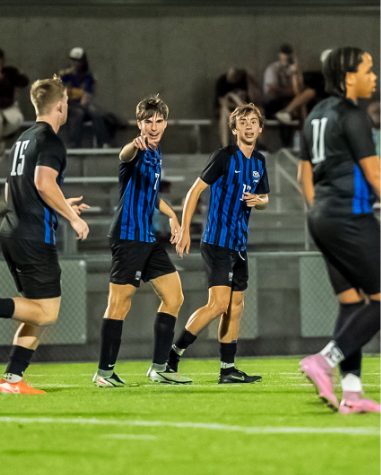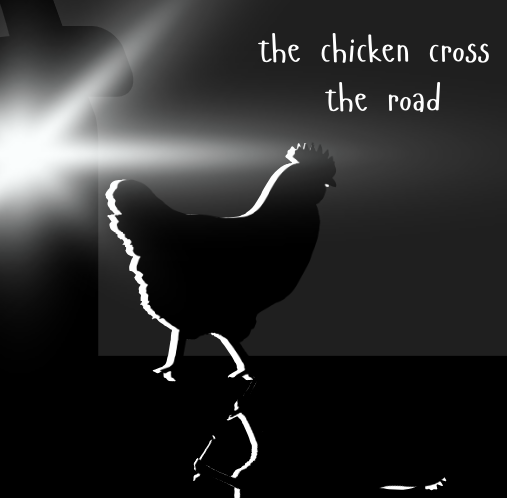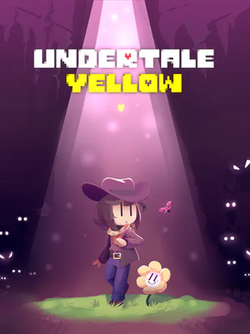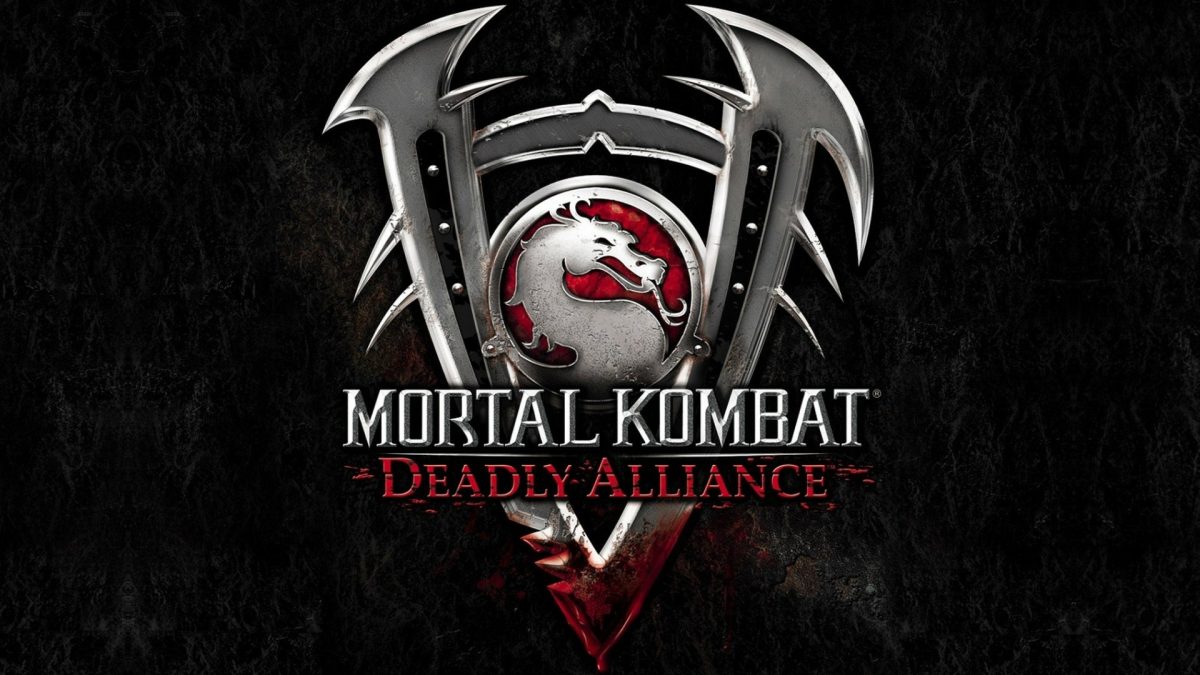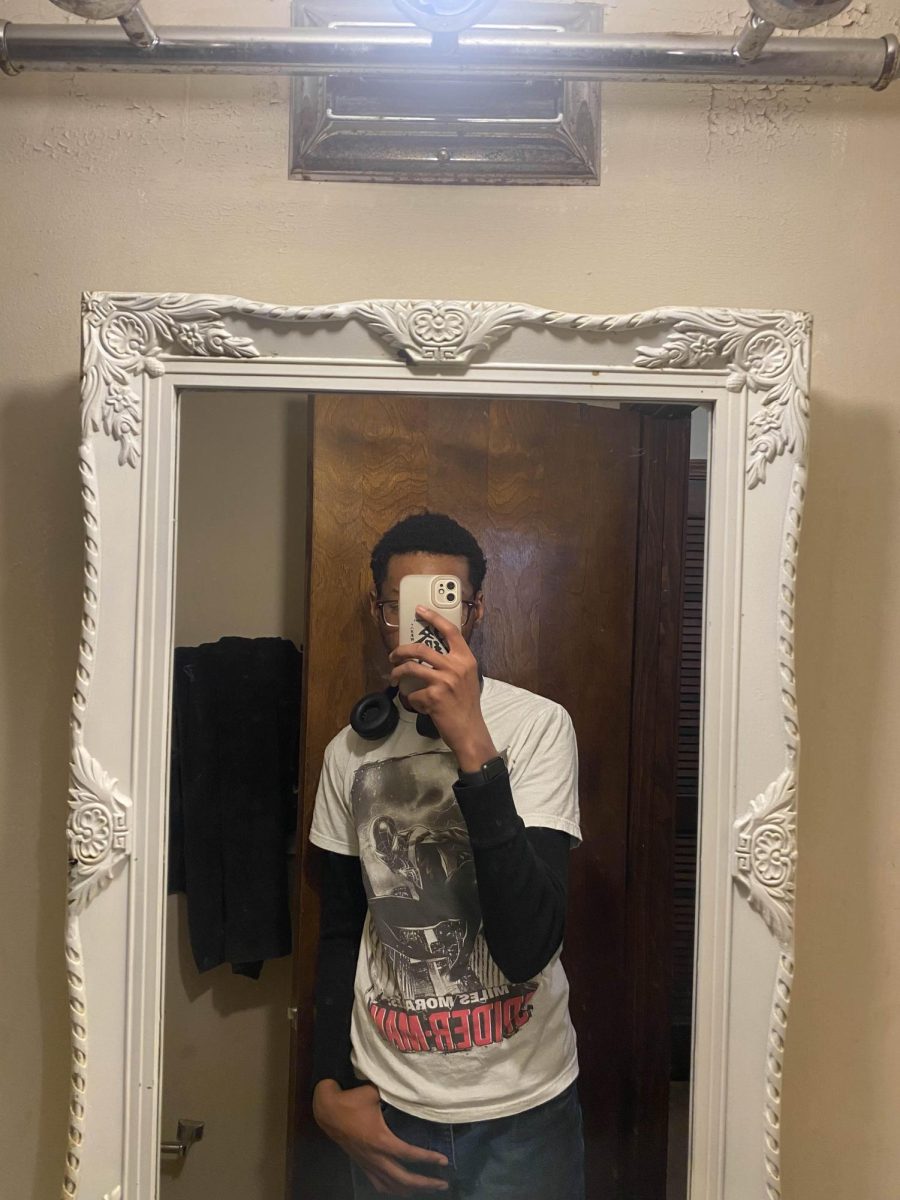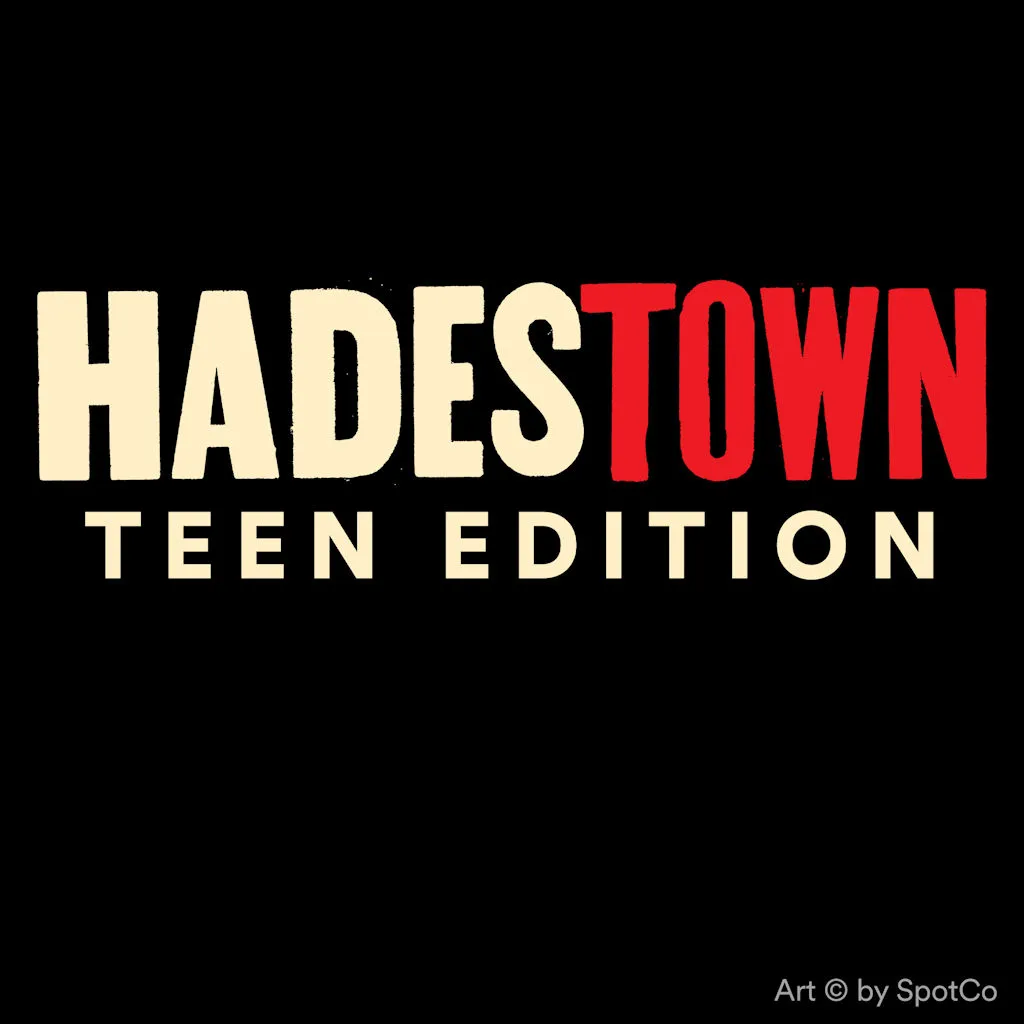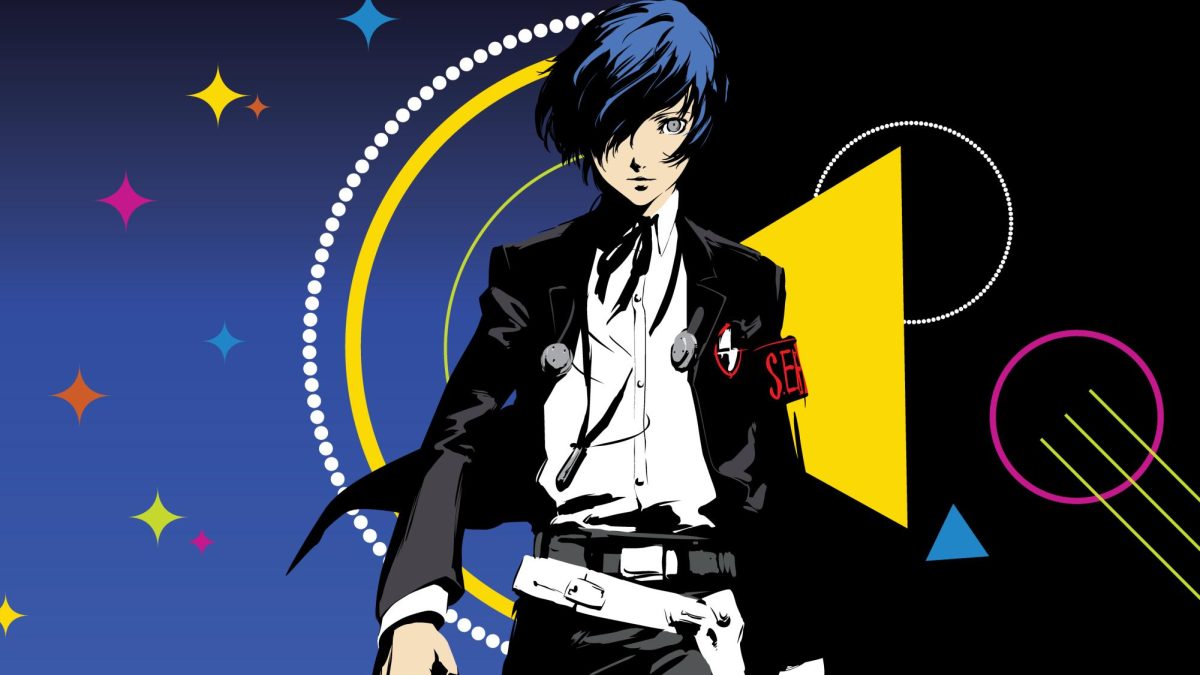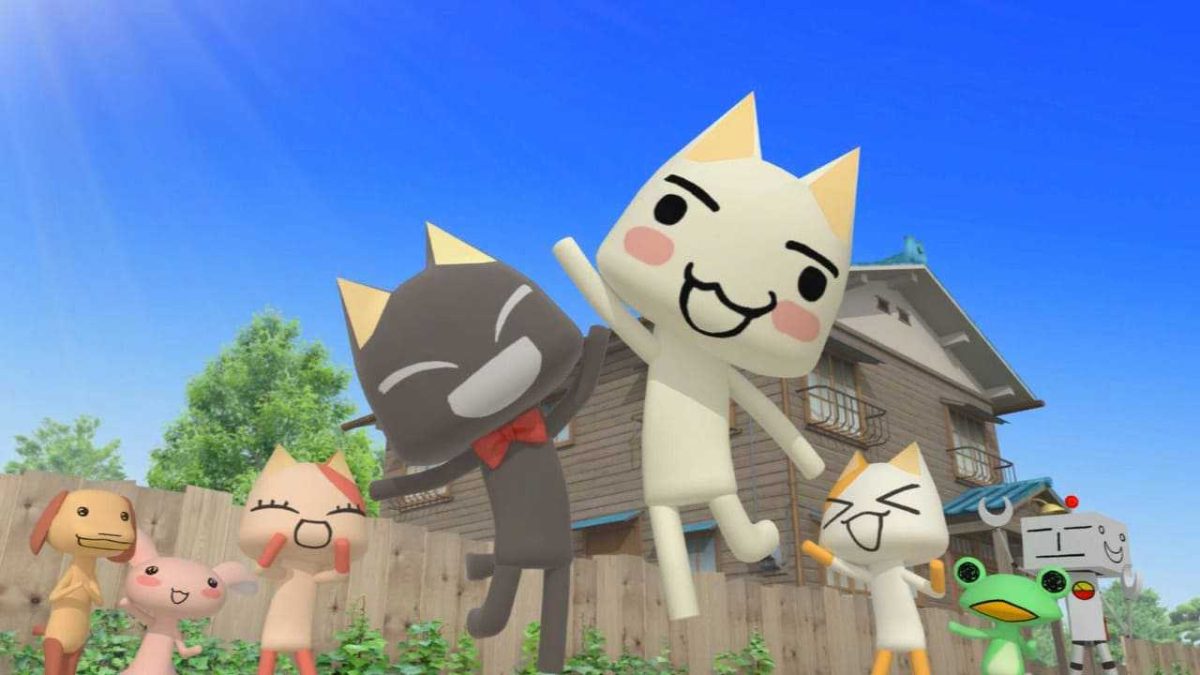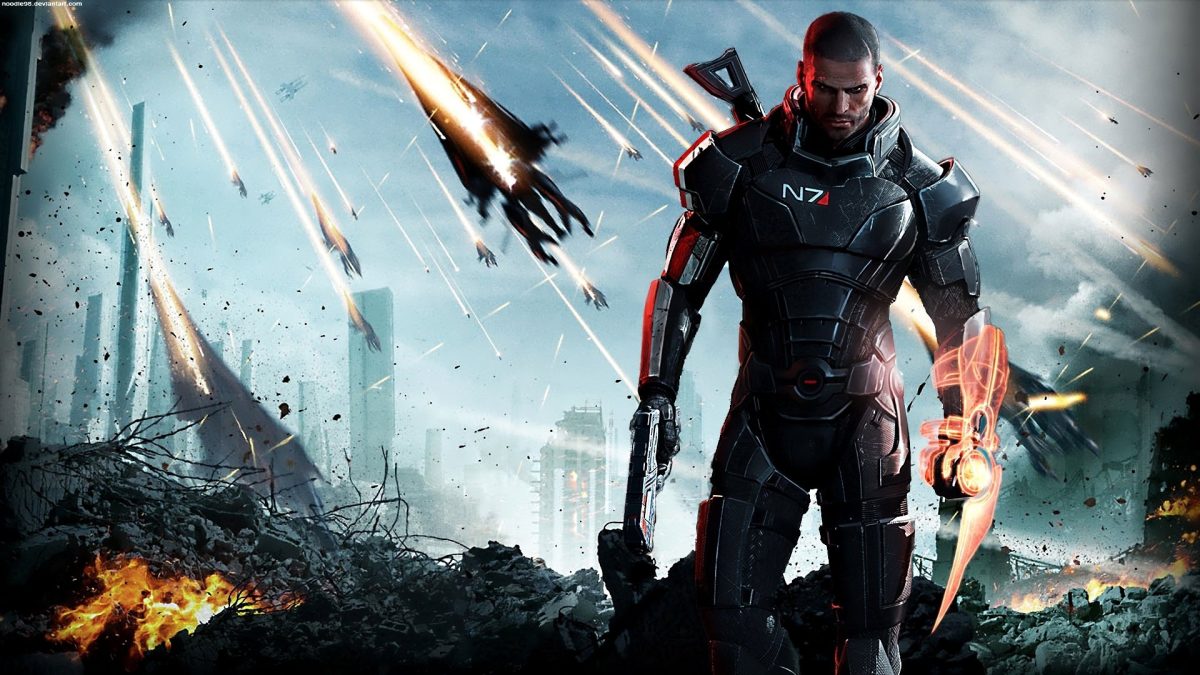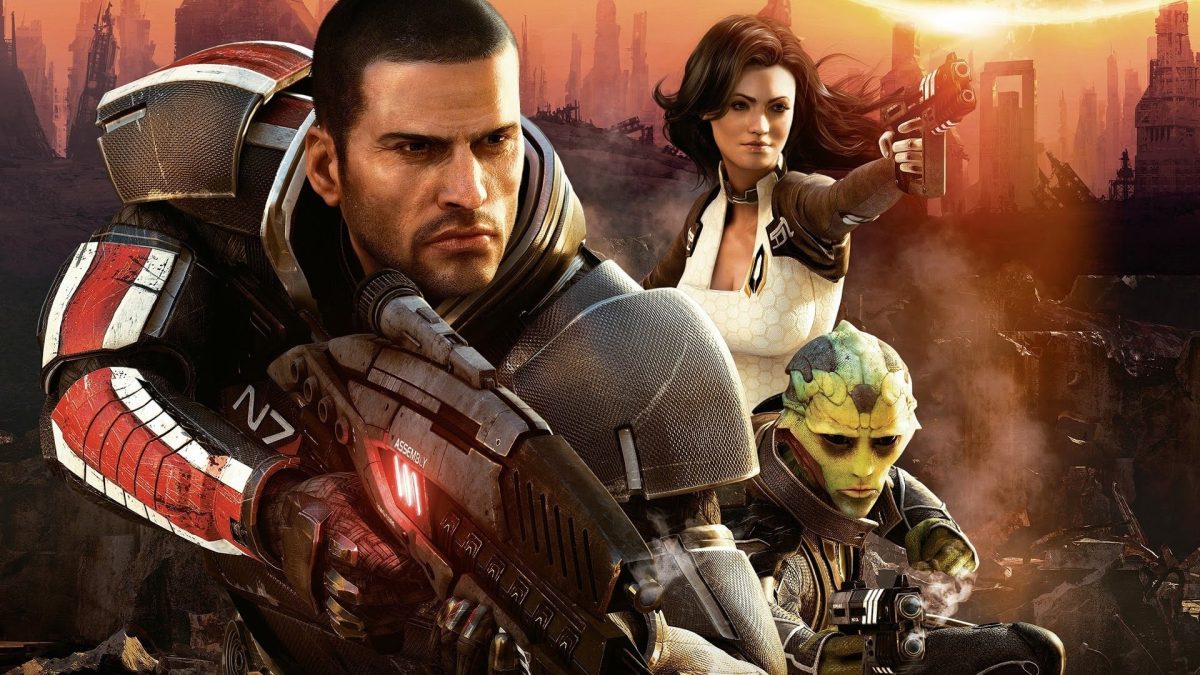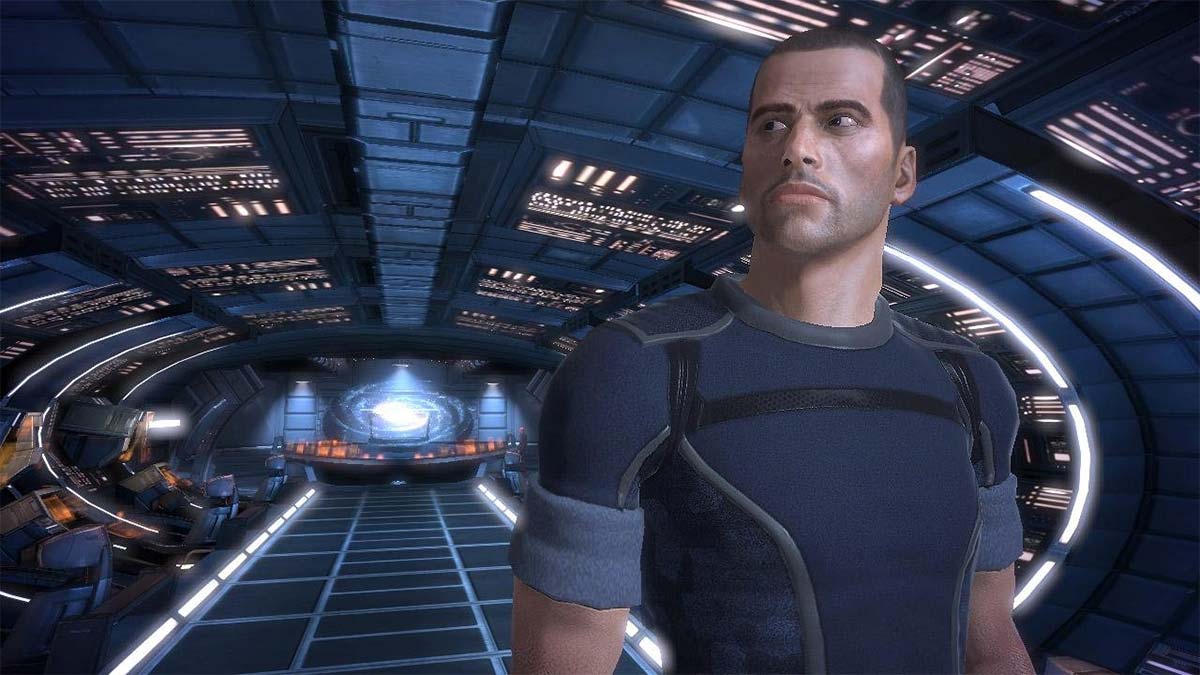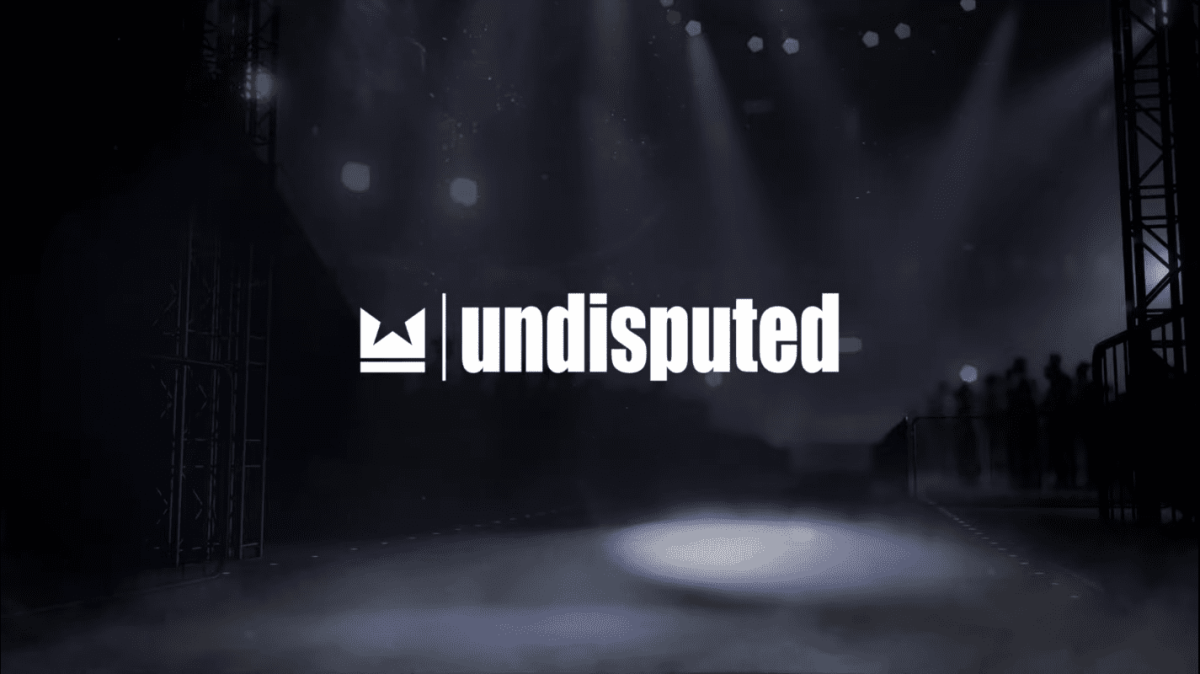Persona 3, although presented as a cheery game in the beginning, comes rather packed with heavy hitting notions and themes crossed over into this game. Because of this, I figured that I would end up doing a deep dive into this game rather than just doing a quick and easy review of the game, since story’s theme has so much within it that even I am unable to summarize it in just three short paragraphs. No amount of praise from me would properly convey how I feel about it, so from this paragraph onward, I will end up speaking about this game as unbiased as I can, though I might slip up a little and show my own opinion. Also, major spoiler alert right here so that if you indeed haven’t played this game, or seen its story, then you can leave. But if you have played this game or if you just don’t care, then by all means, read along as I go into depth about the themes and meanings in Persona 3, and explain the many underlying themes underneath this great story.
LAYER 1: PSYCHOLOGICAL TERMS: Let’s get the obvious one out of the way and talk about the personas and shadows. Personas in the game are described as the will of the heart or the manifestation of the rebellious soul. They usually come in the form of a deity that matches the character’s personality, and skills to support that, such as Yukari’s Io having the skills to heal her allies whenever they are in danger to go with her nature to help those in need of it. In reality, personas are the masks we use in our day-to-day lives. They can be the face that we wear in front of our friends, enemies, or even in front of our employers and parents. These masks hide the Shadow within us, which is the side we do not want others to see. It could be how lonely you are when others aren’t around, it could be just an ugly personality you don’t want others to see. This “true self” is also depicted in the games of Persona, in some cases being a lost soul, in other cases being explicit reflections of the character that the shadow belongs to.
LAYER 2: THEMES OF DEATH With the obvious out of the way, let us move on to Layer 2 and talk about the game itself. It delves into the topic of death, a LOT. This could come in the form of the way that you summon a persona, having to put an Evoker to your head and pull the trigger, “visualizing death” to call forth your persona, the Social Links who you interact with losing a loved one, or even contemplating on giving up on themselves, or it could come face to face with you in Tartarus. In Greek Mythology, Tartarus is the deepest region of the underworld, serving as a prison and punishment for those deemed Sinners in the Gods’ eyes. However, unlike Thanatos, the son of Nyx, the Reaper in Persona is not there to guide you peacefully to the afterlife, instead being there as a security system should you stay on one floor of Tartarus for too long. It bears the Death Arcana, and it is RUTHLESS, being a Level ?? (being a level higher than what is possible), the only shadow capable of this, as well as having multiple abilities, all catered towards every weakness the party has, and it is most definitely inevitable that it will knock you down. This is yet another allegory that death is inevitable, but nobody said you couldn’t beat The Reaper. It’s guaranteed that someone will die at least once in the battle against it, but it is possible to prevail, something that will be seen later.
LAYER 3: TIES INTO REAL-WORLD MYTHOLOGIES AND RELIGIONS; Like I stated before, there are many real-world mythologies and religious pantheons that exist within the world of Persona, which are shown either through the Personas themselves or the people whom you interact with. Many of the personas fit the type of character that fit the Arcana, such as Susano’o being a part of the Fool Arcana, and Amaterasu being a part of the Empress Arcana. One persona that is unlocked not through completing a Social Link, but rather through going through with the true ending of the game is Messiah, which raises a few flags immediately from the name alone, being that none of these personas are completely original in name or backstory, only in design. The instance when he is first summoned if you refuse to attempt the summon before the final confrontation is during the final battle of the game against Nyx, who will attempt to afflict you with death three times, your motivation and determination to protect the world from its own apathy and self-destructive thinking keeping you standing and alive before you enact the skill “Great Seal” which ends the battle almost instantly, though it comes with the cost of whatever your maximum health is, the cost of which making itself known around 3 months later, as your character is described as looking pale and tired by those whose Social Links you have maxed out, and when the main cast come together to meet one last time, your character closes his eyes for the final time. See, the reason for this is that the first attempt at casting Death succeeded. Your character was killed by the first hit, but you and your bonds managed to continue to keep your body conscious for a while, enough to do what needed to be done, as well as live out your last days. How this happens draws a lot of connections to the Christian Pantheon, as your character’s sacrifice is similar to that of the sacrifice and return of Jesus Christ, as well as the fact that your character’s consciousness is reunited with Nyx to keep them sealed away, holding off The Fall forevermore.
This has been my deep dive into Persona 3, thank you all for bearing with me on this, as it took me a week and a half to finish working on it, and thanks to those who supported the pitch and idea. I was honestly a bit afraid to do this since I wasn’t exactly sure if I was allowed to talk about different pantheons, but eventually, I figured I might as well just do it, since this is not only a passion project of mine, but also my first ever Deep Dive, and I am actually excited to do a lot more with this concept and idea, and hopefully, bring this pilot article of my Deep Dives to a higher level in the Plume, such as maybe podcasts or videos. With all that being said, thank you all for reading, and please look forward to the next game review.





